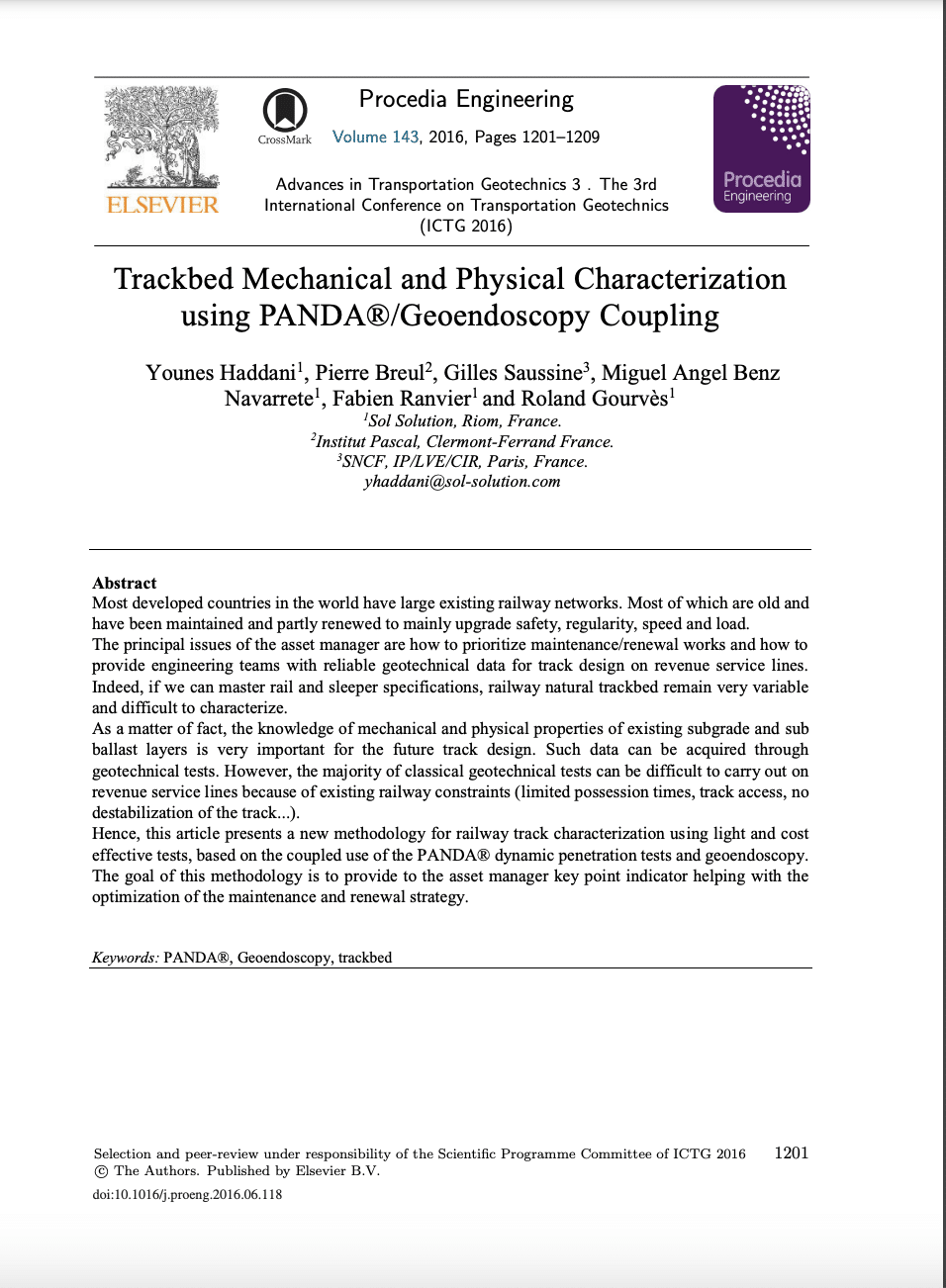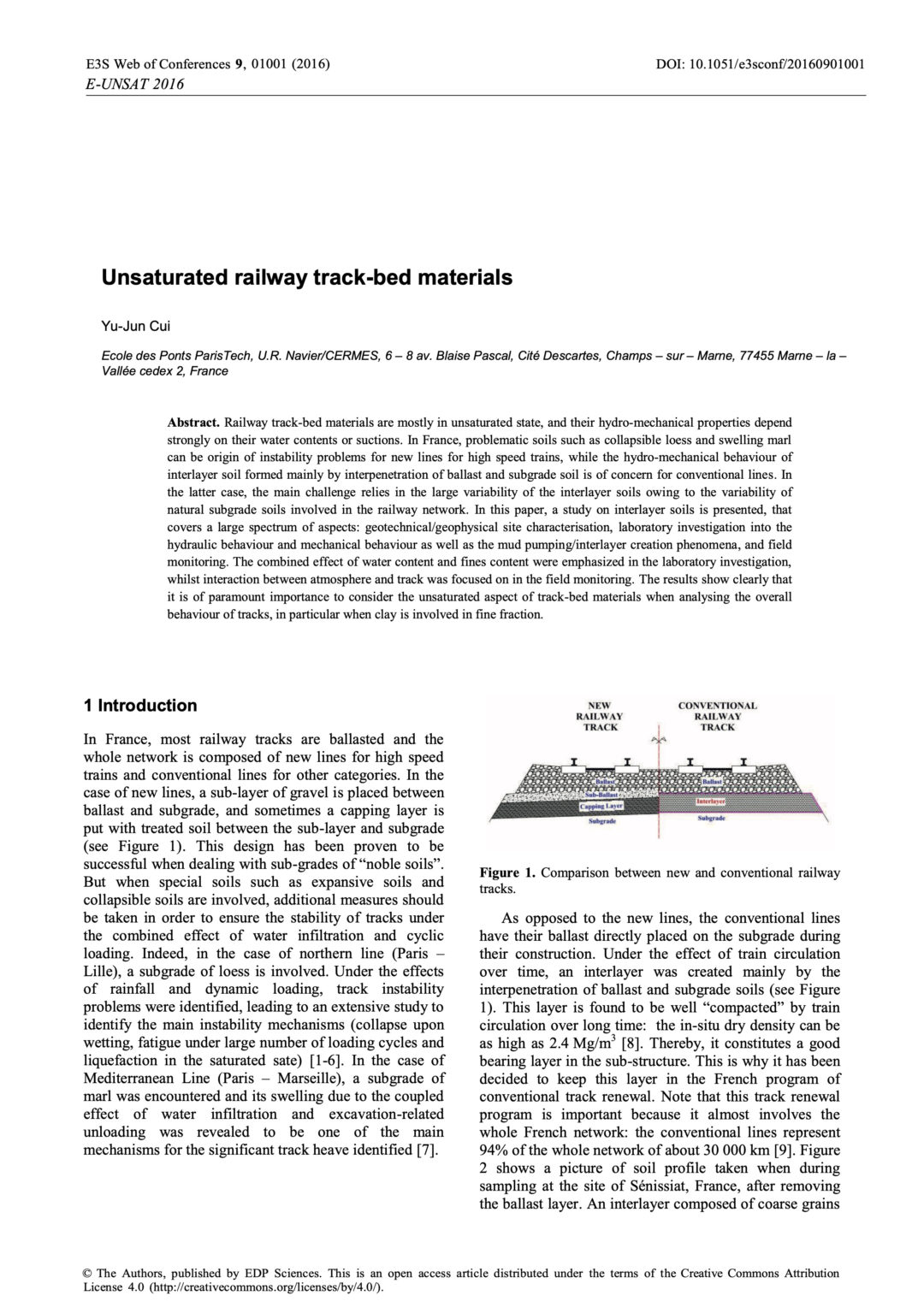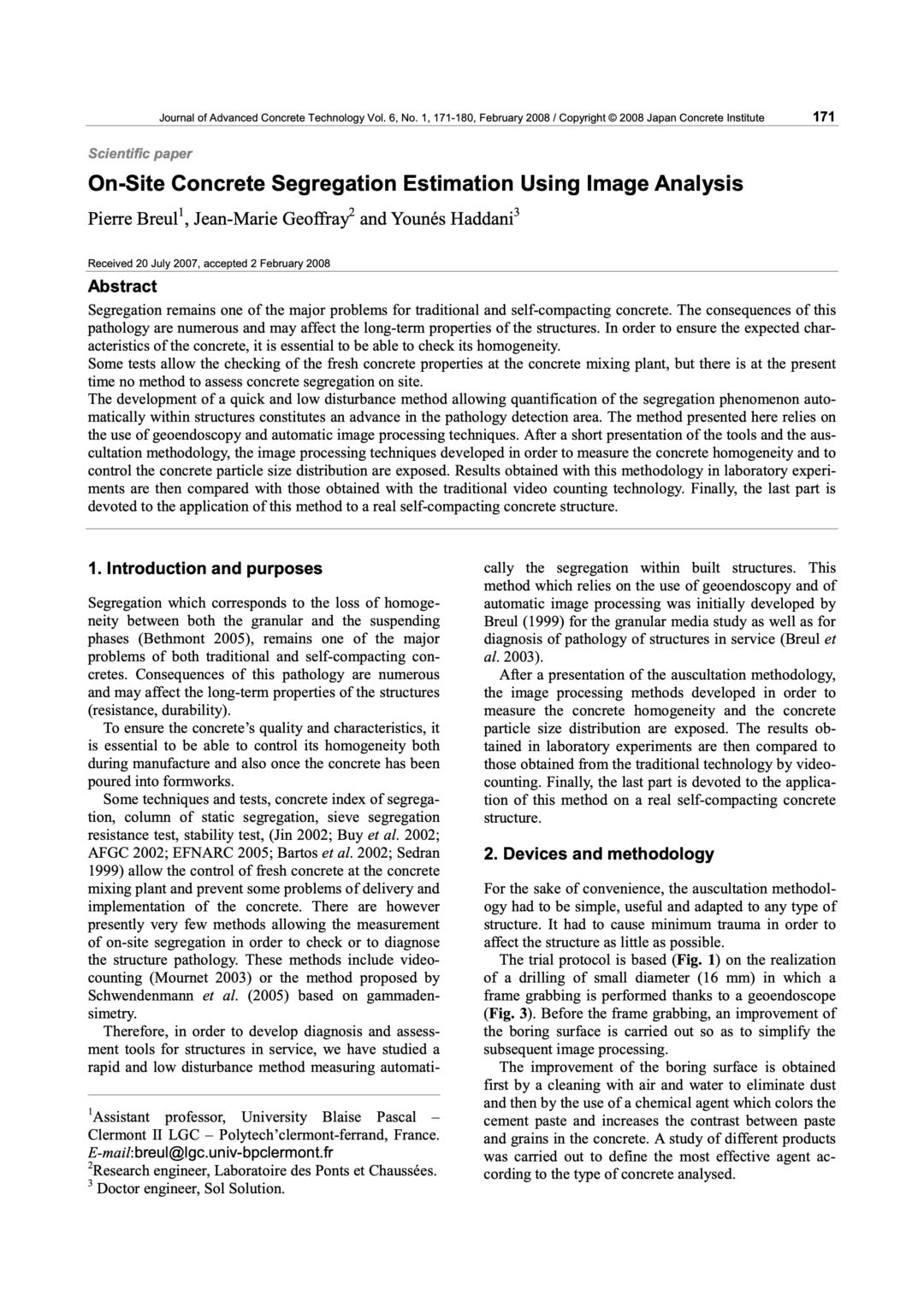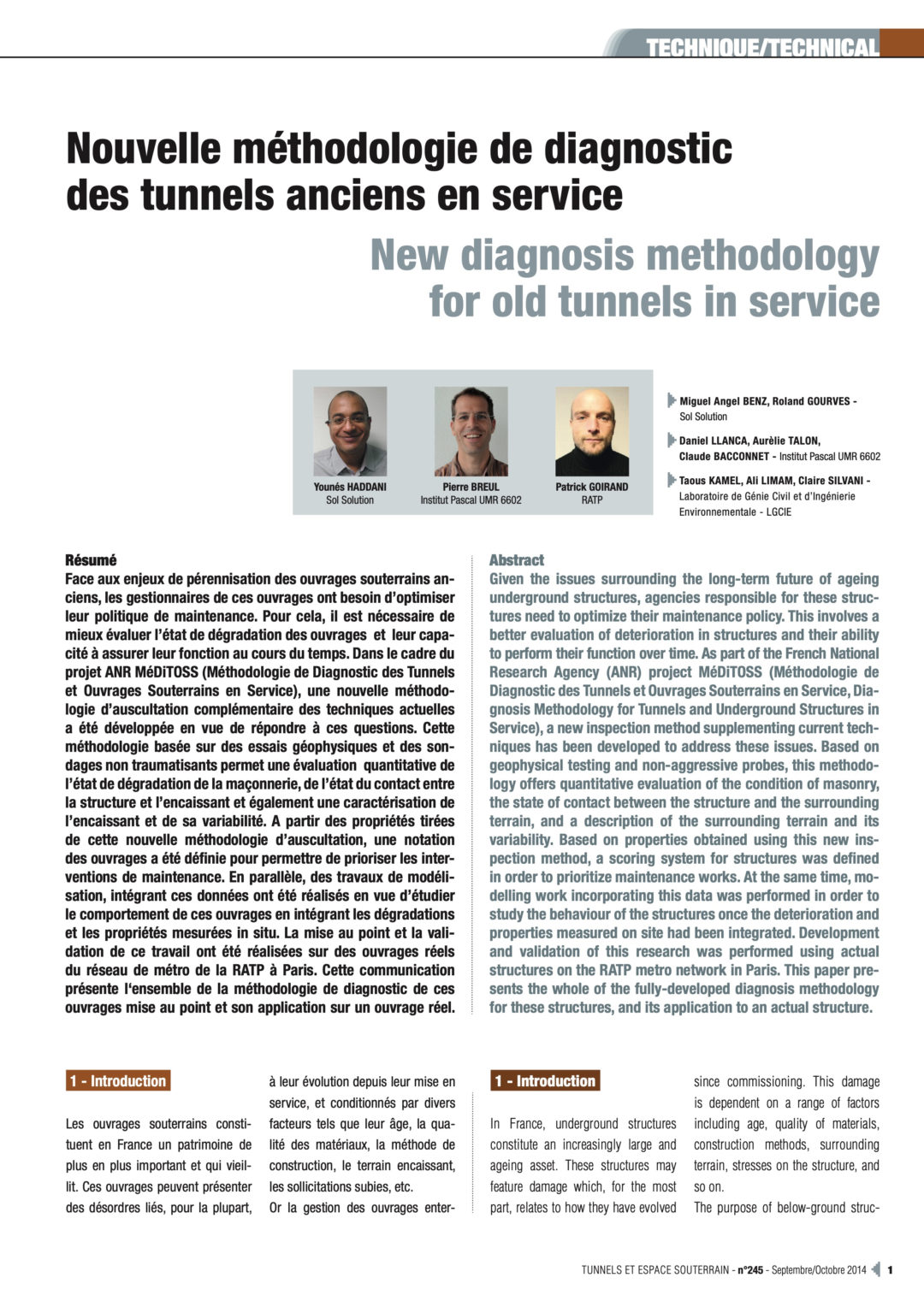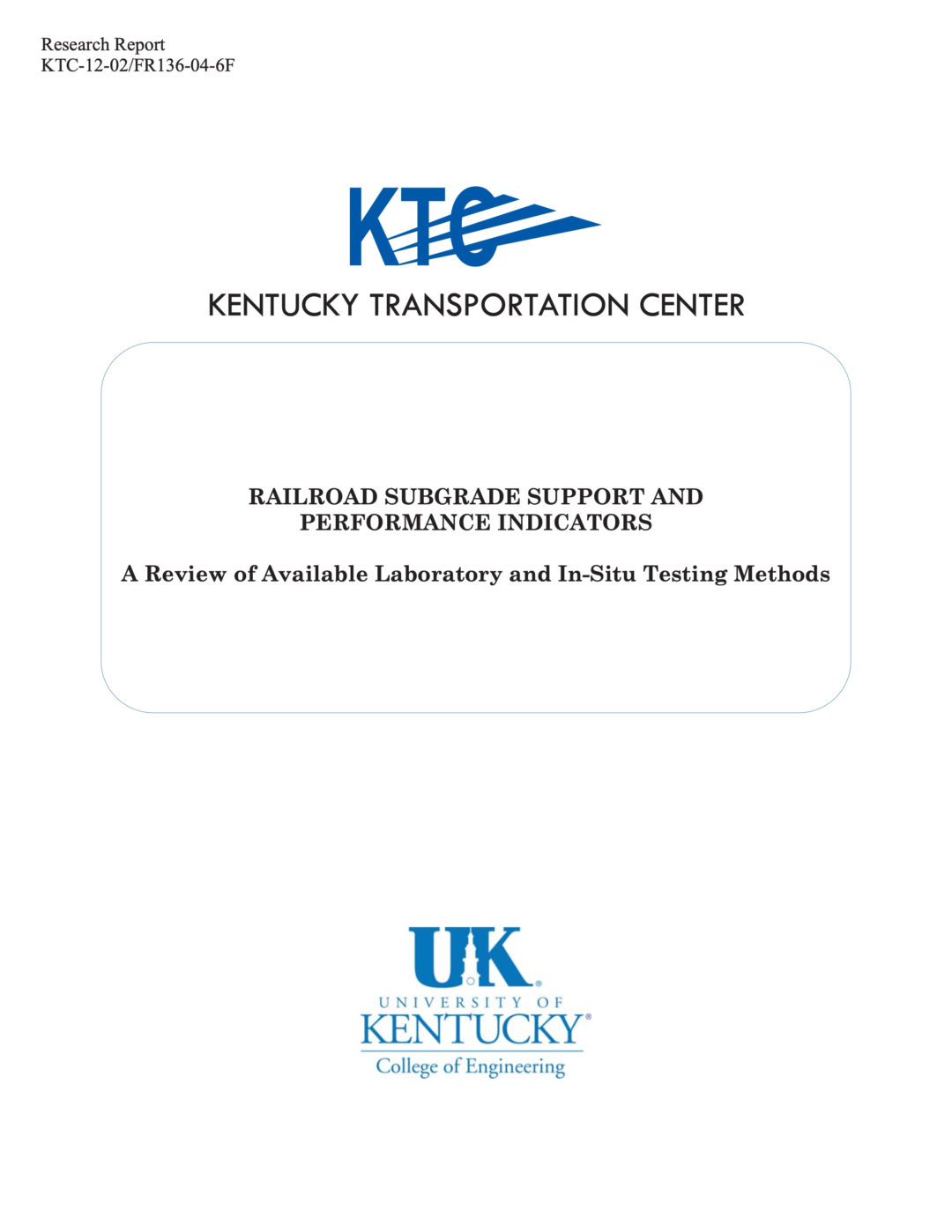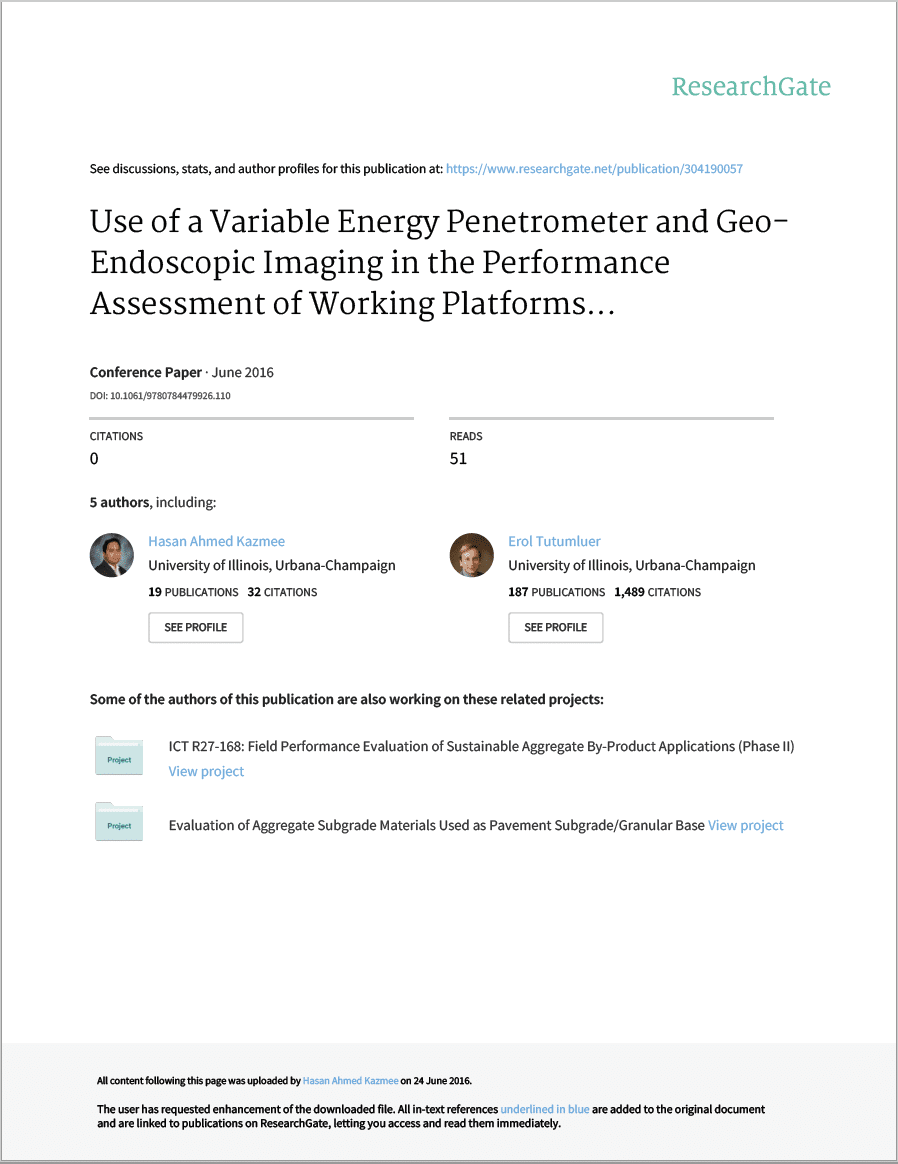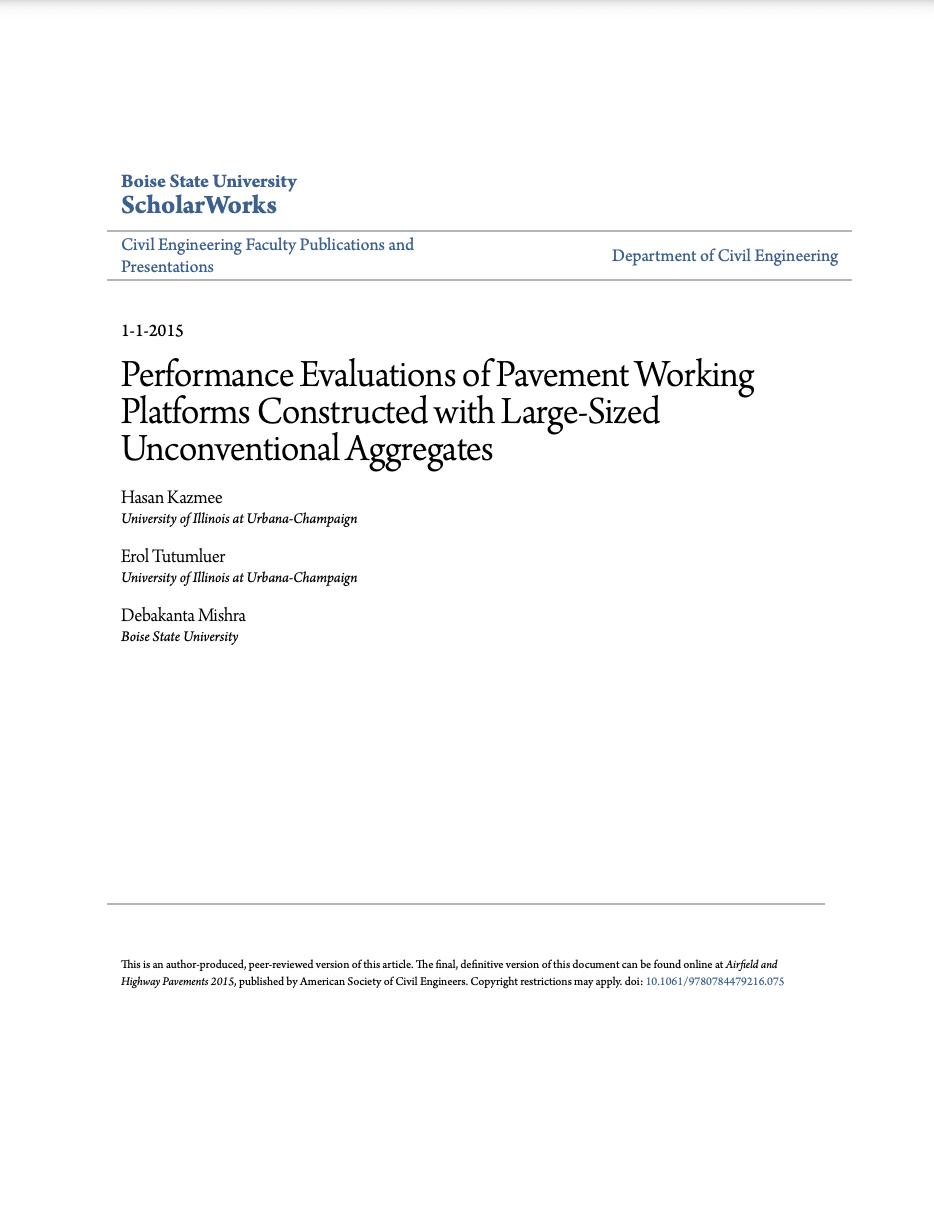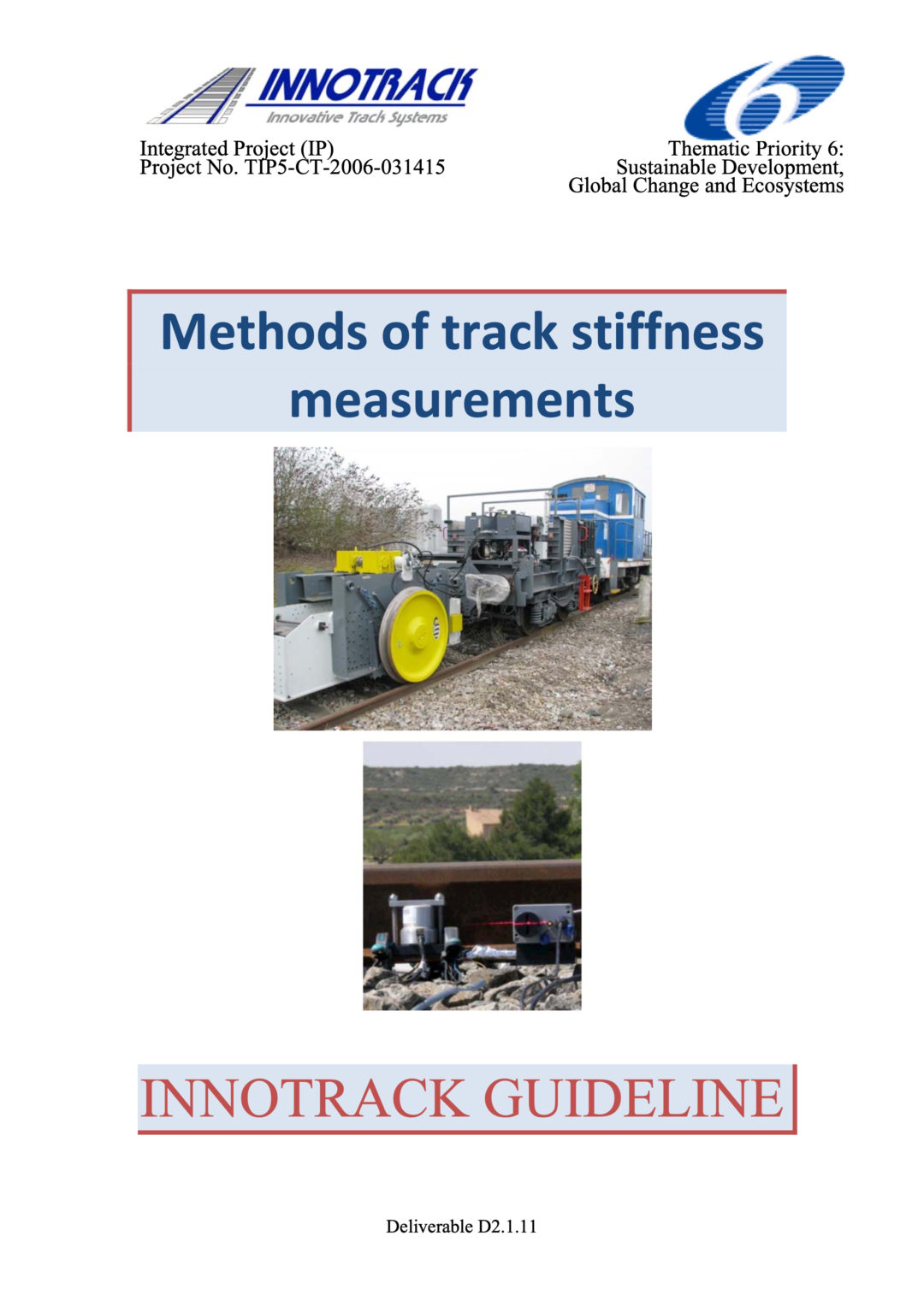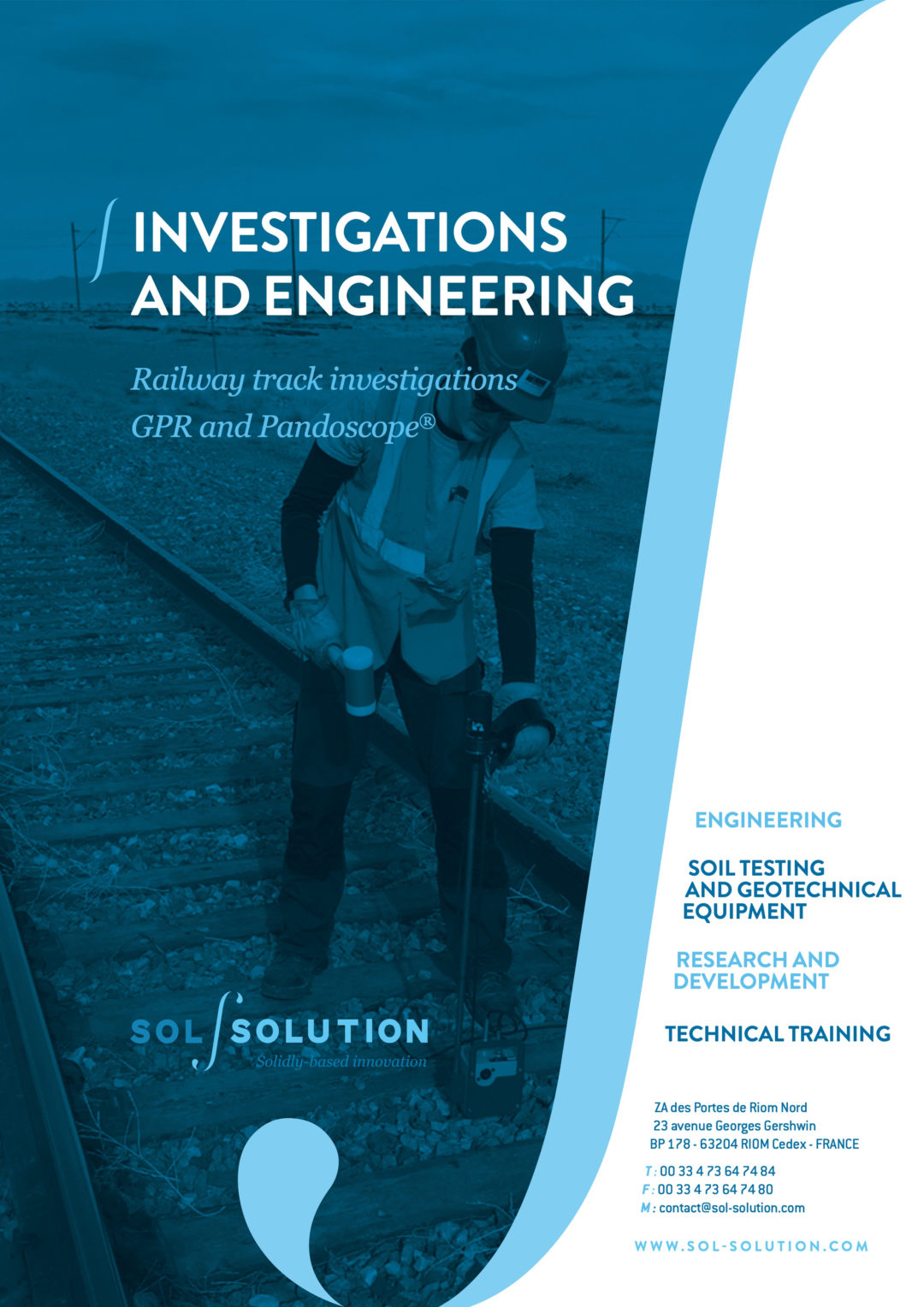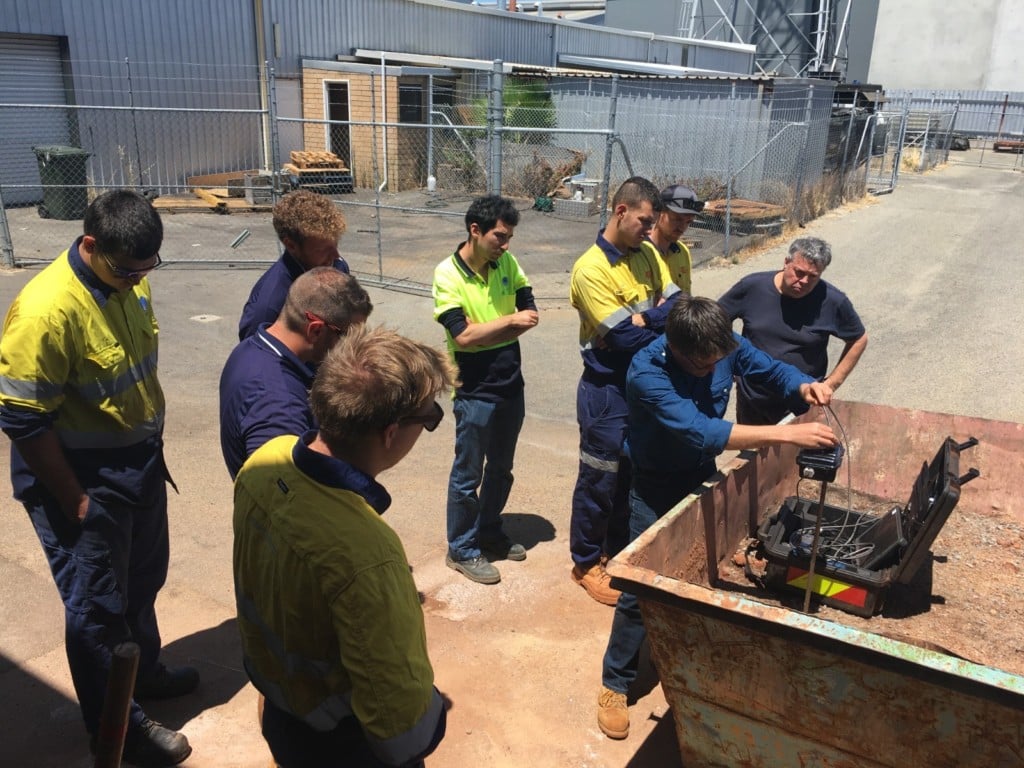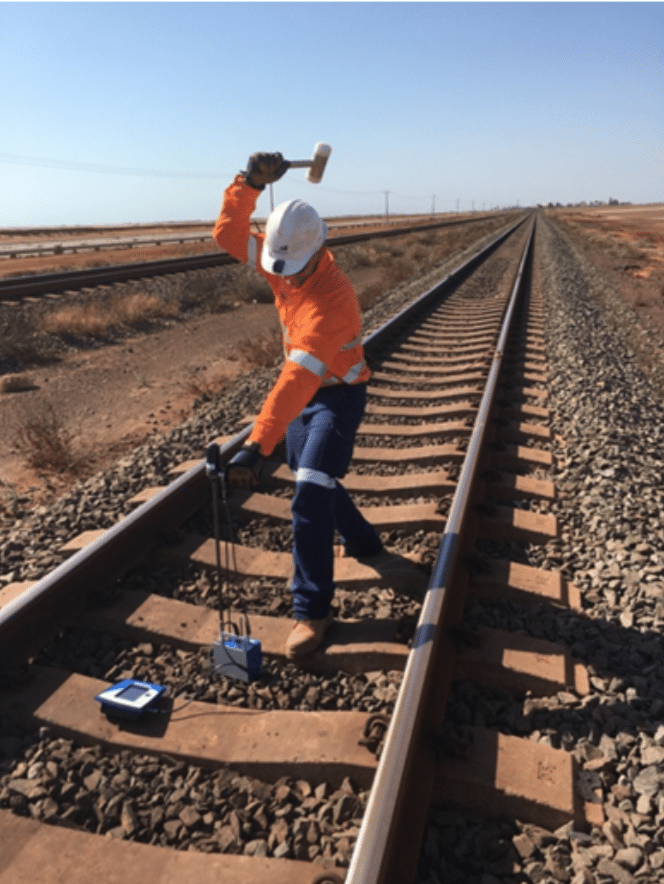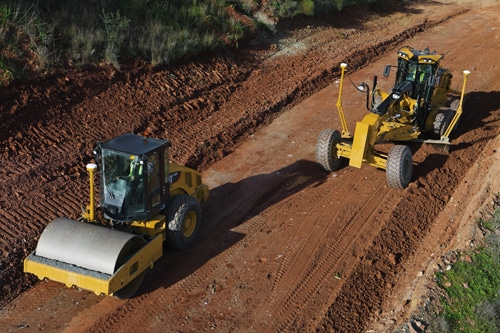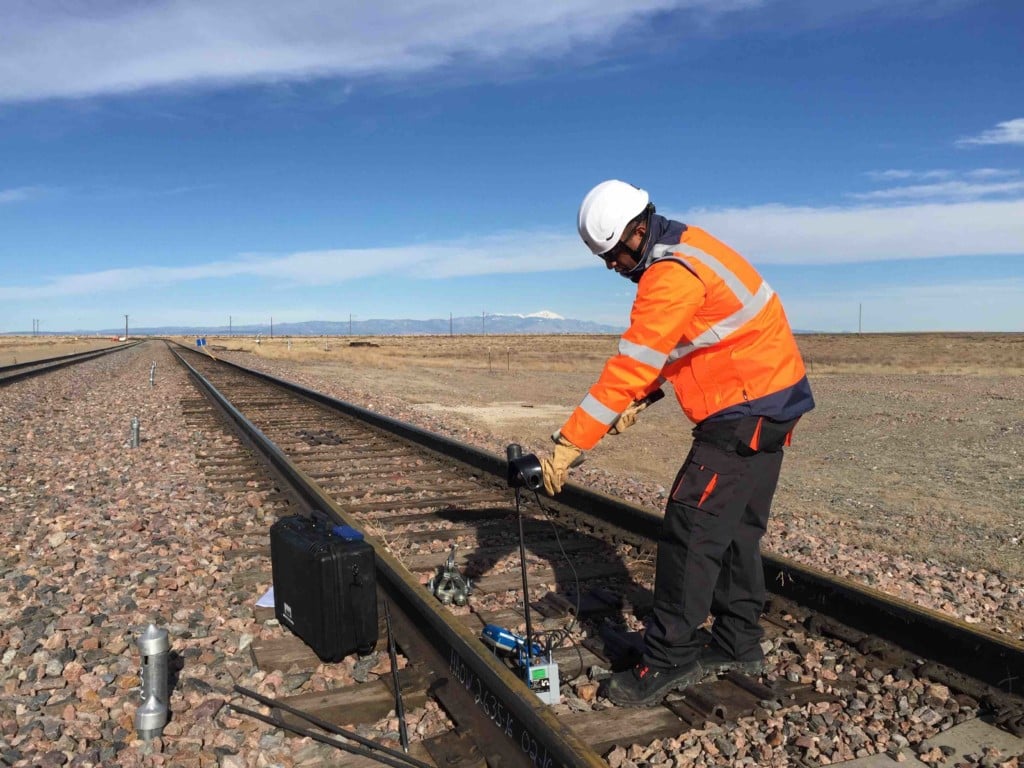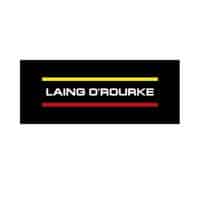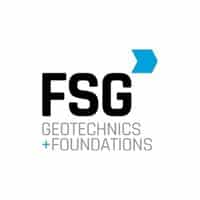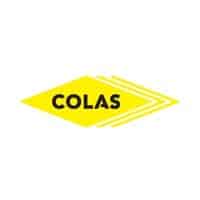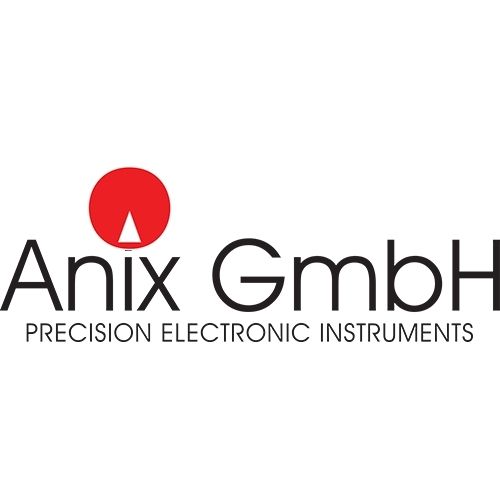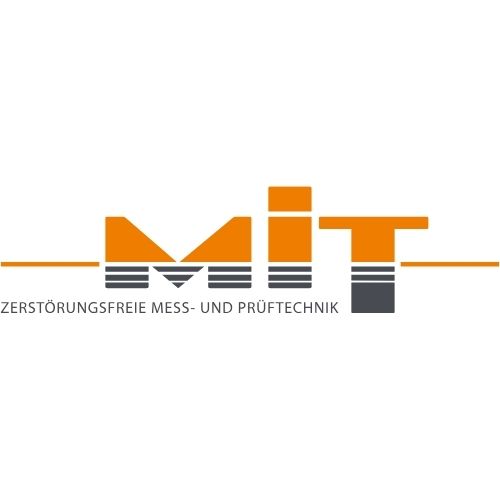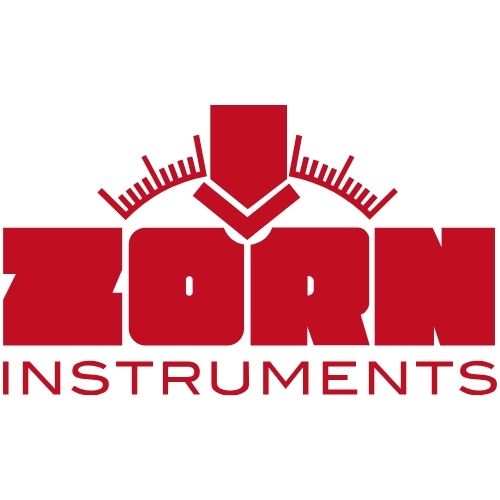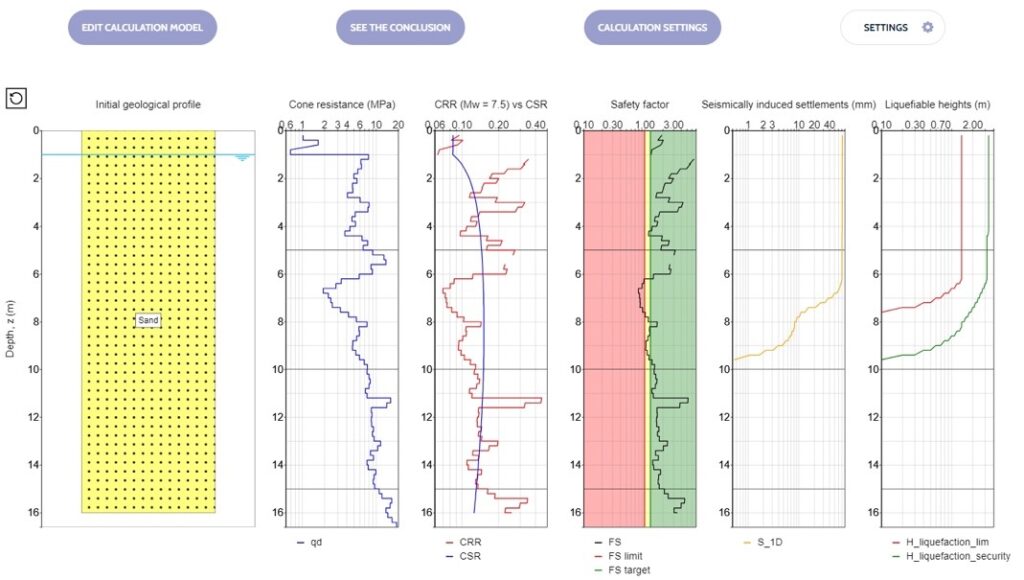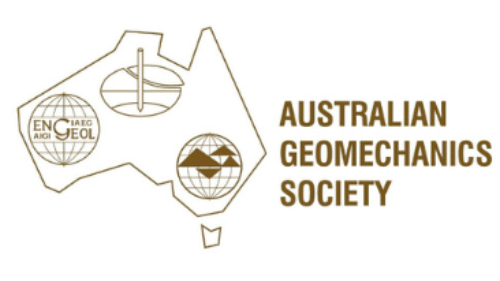PANDOSCOPE® – Cone Resistance + Down Hole Imagery
- PANDOSCOPE® – Coupling of cone resistance vs depth profile with down the hole imagery (video & photos)
- Rapid image analysis including estimation of the soil grain size distribution and water content allows a qualitative characterisation of soil
- PANDOSCOPE® is used to calibrate Ground Penetrating Radar (GPR) data and to provide more information in problem areas.
- Non-destructive rail track ballast assessment (ballast fouling) and Condition monitoring of the formation (rail track substructure layers)
- Other PANDOSCOPE® applications include tunnels and underground space condition assessment, pavement investigations and concrete segregation.
The PANDOSCOPE® couples the cone resistance vs depth profile from the PANDA Instrumented Variable Energy DCP with very high quality down the hole imagery collected by the insertion of a tiny camera into the same hole, called Geoendoscopy. The combined system is referred to as the PANDOSCOPE®. The PANDA®, PANDOSCOPE® and Geoendoscopy are all systems developed by Sol Solution. Find out more about how it works.
Once the PANDOSCOPE® data has been processed, the results can be presented.
The PANDOSCOPE® enables you to identify changes in layer stiffness, layer thickness, water content, condition (e.g. ballast fouling) and the estimation of the soil grain size distribution.
Applications
- Rail – Non-destructive rail track ballast assessment (ballast fouling) and condition monitoring of the formation (rail track substructure layers). PANDOSCOPE® testing is also used to calibrate Ground Penetrating Radar (GPR) data and to provide more information in problem areas.
- Pavement Investigations – In a very non-intrusive way, forensic examination of below pavement condition is possible, providing both stiffness data and also very high quality imagery allows a qualitative characterisation of the soil. This is very insightful for premature failure investigations.
- Tunnels and underground space condition assessment – when you want to get insight below ground behind a wall in a tunnel or underground space, the PANDOSCOPE® can provide valuable insights. The ability to test at angles makes this a very versatile method.
- Concrete segregation – using the Geoendoscopy, insight can be gleaned about any segregation that may have occurred during concrete placement and establish concrete homogeneity and particle distribution. This quick and low disturbance method allows quantification of any segregation automatically within structures and relies on the use of geoendoscopy and the automatic image processing techniques.
PANDOSCOPE® Calibration, Service and Spare Parts
Insitutek are proud to represent Sol Solution PANDOSCOPE® in Australia, New Zealand and the Pacific Islands and provide a very high level of client support.
We offer a complete spectrum of services including after-sale technical support, servicing, repairs, and calibrations. Our service centre is also well stocked with spare parts and consumables.
To find out more, Contact Us.
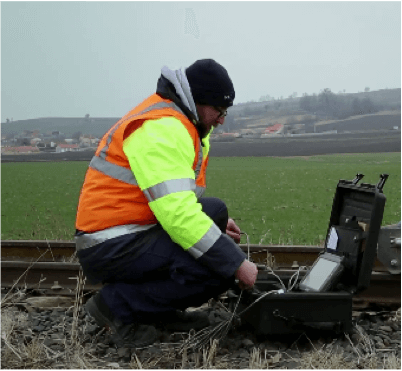
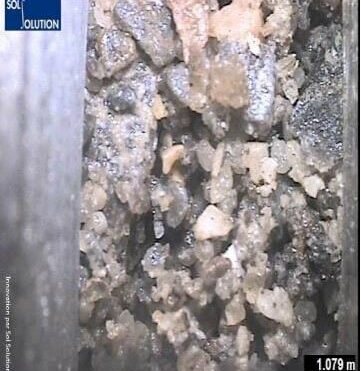

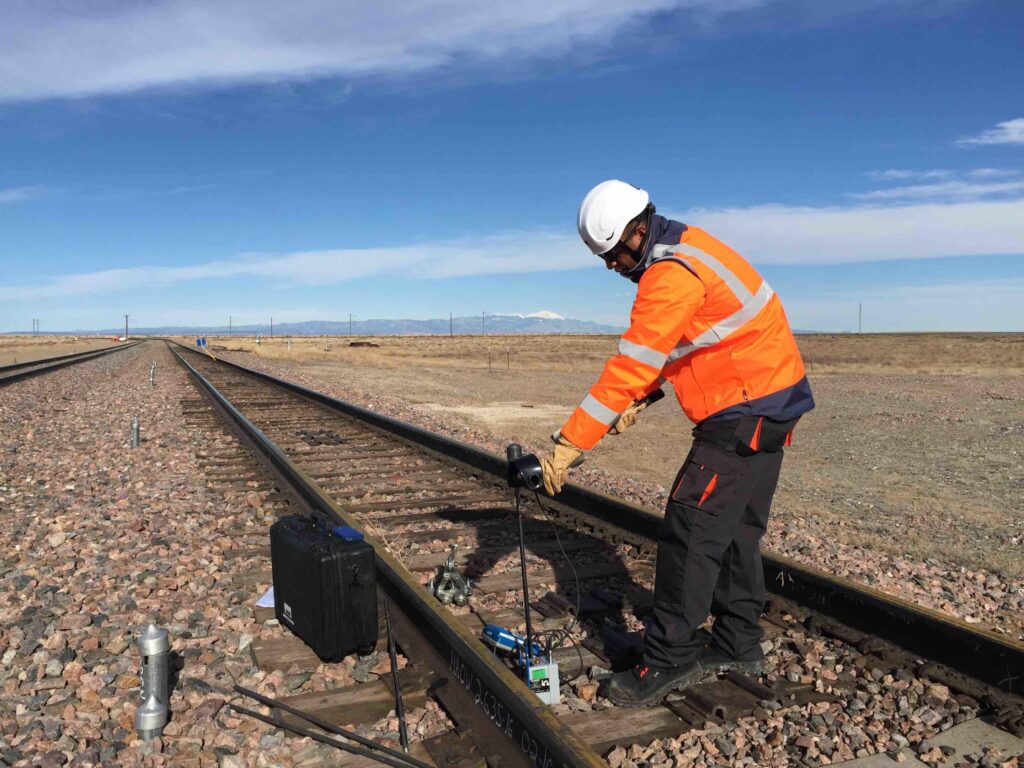
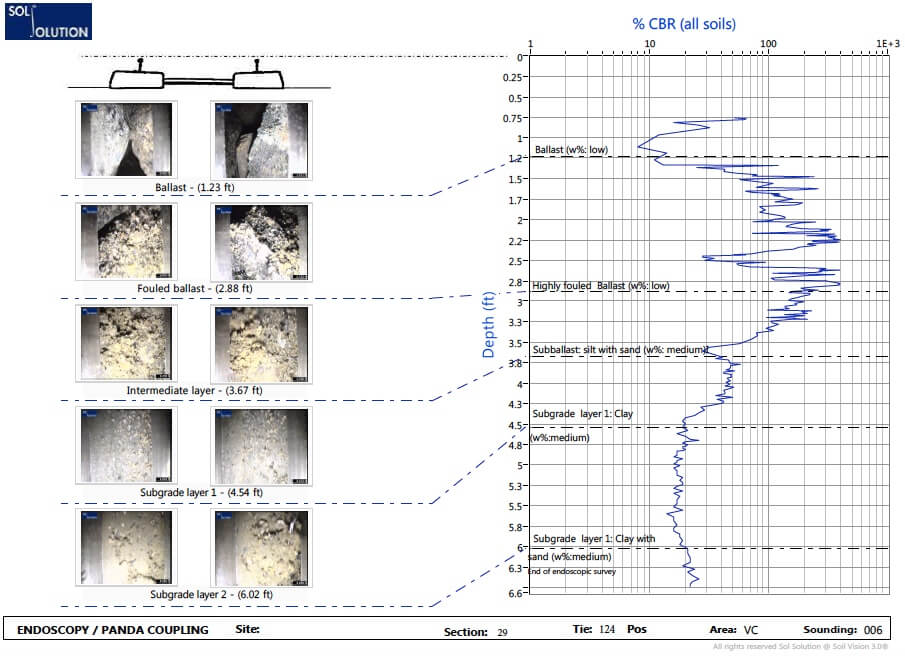
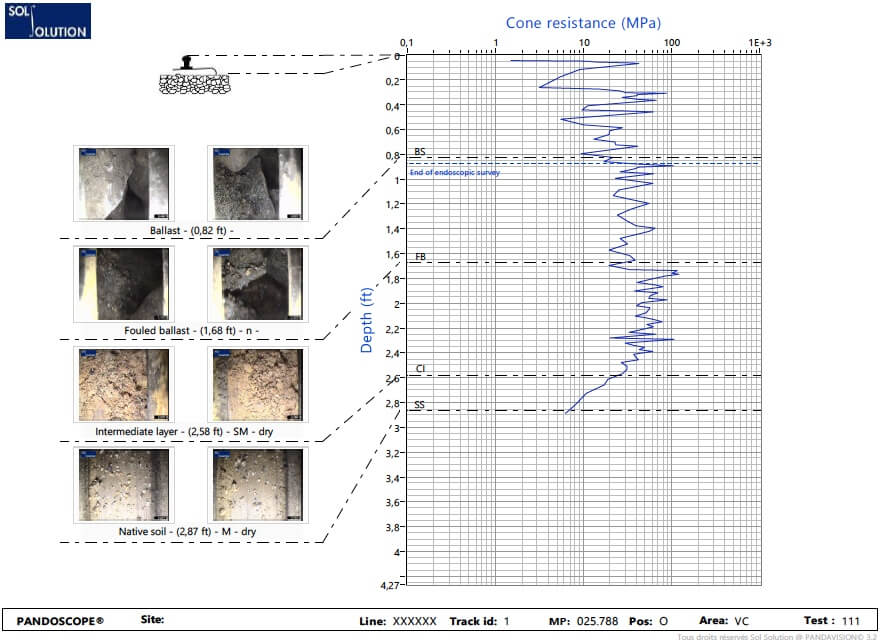
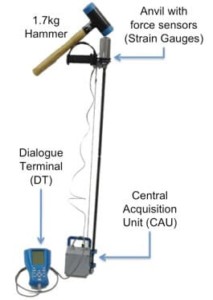
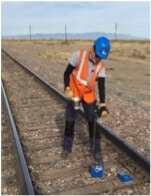 The
The  A is the cross-sectional area of the cone
A is the cross-sectional area of the cone
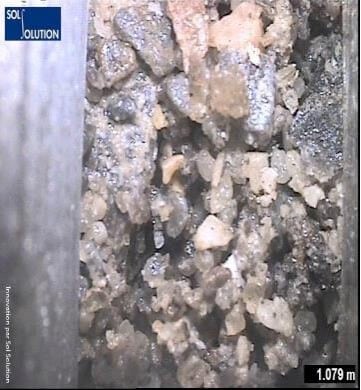 The Geoendoscopy test uses a tiny video camera (wired to a data logger with a soft cable) to observe the soil. The camera is introduced into the hole of a previously performed PANDA® DCP test (15 mm of diameter). The collection of imagery from down the hole allows a qualitative characterisation of soil.
The Geoendoscopy test uses a tiny video camera (wired to a data logger with a soft cable) to observe the soil. The camera is introduced into the hole of a previously performed PANDA® DCP test (15 mm of diameter). The collection of imagery from down the hole allows a qualitative characterisation of soil.